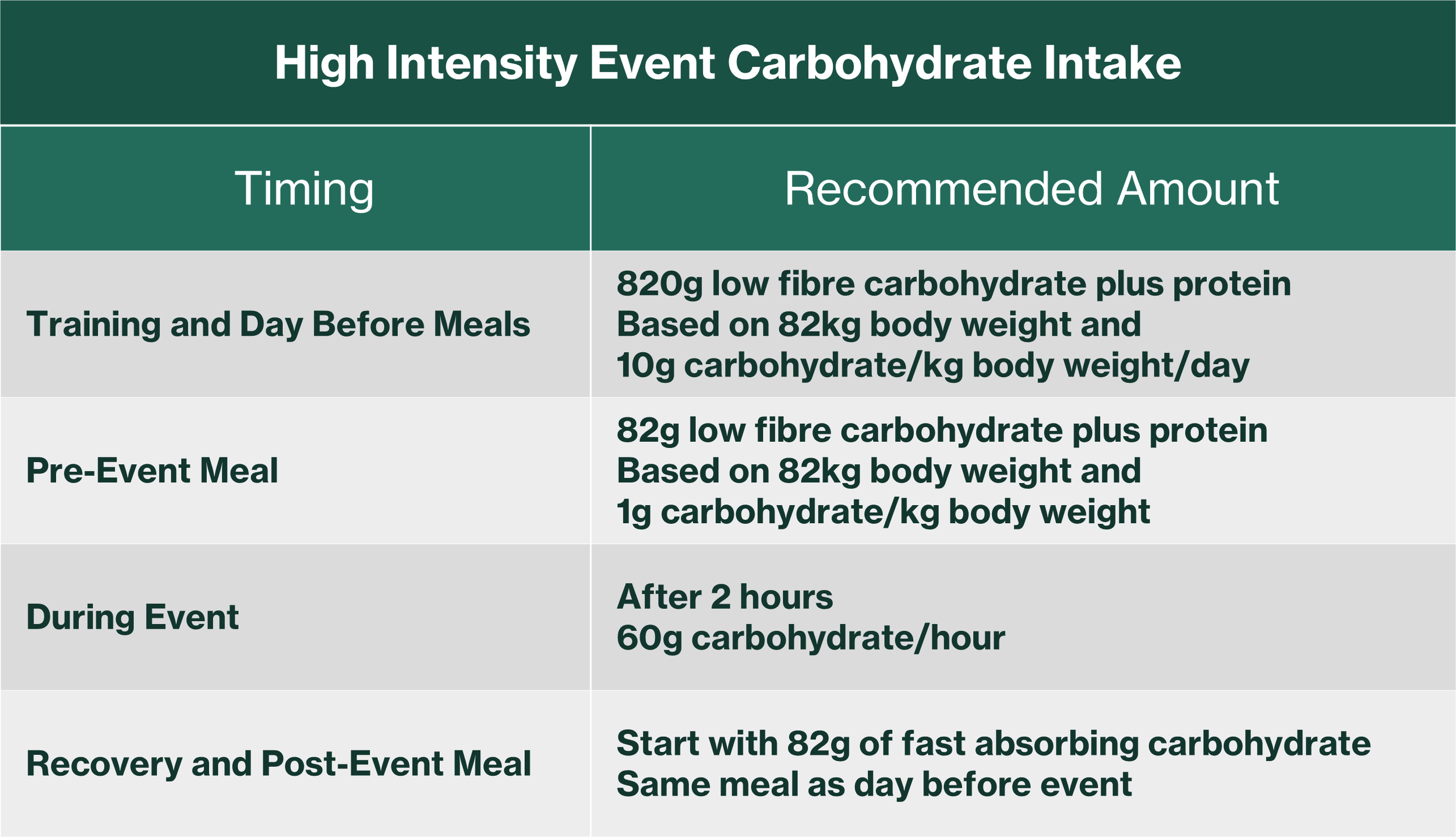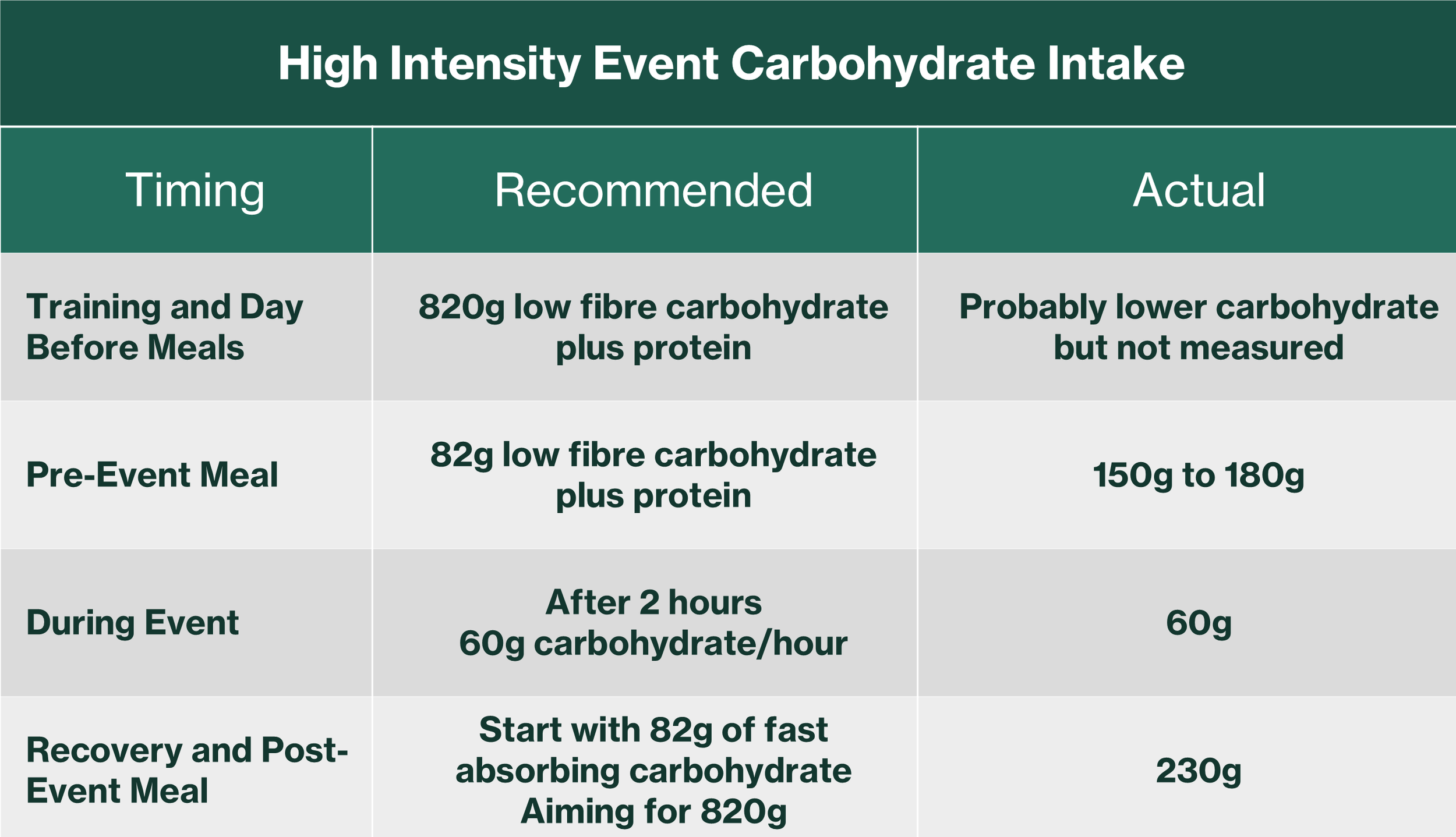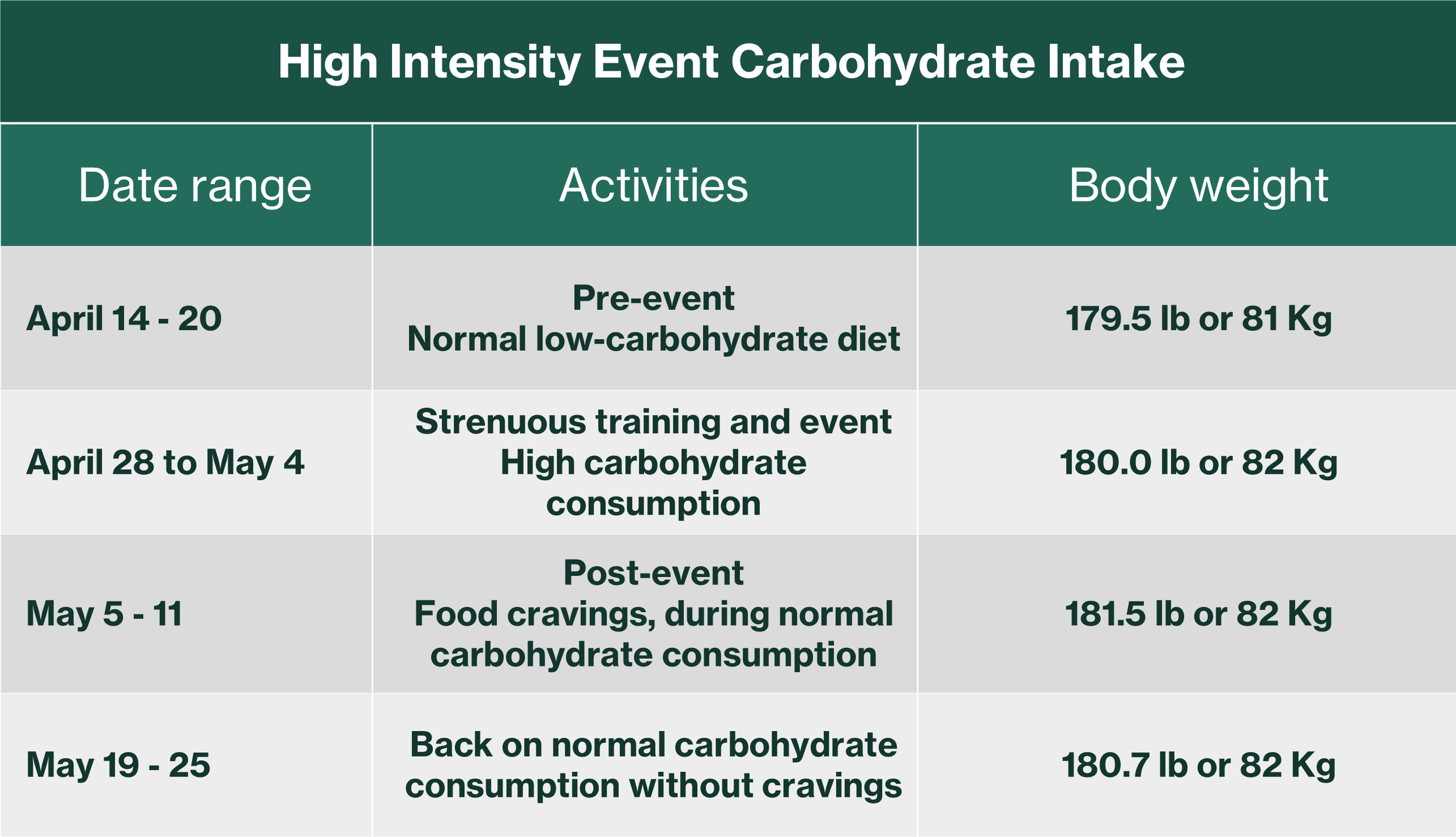High-Carb Experiment: Bikepacking, Performance, and Lessons Learned
In a nutshell
Proper carbohydrate intake significantly improved performance and recovery during a two-day bikepacking event compared to previous under-fueled attempts
Experimenting with high carbohydrate consumption revealed both benefits and drawbacks - notably improved endurance but also digestive discomfort and post-event food cravings
My experience highlights the balance between fueling for performance and maintaining metabolic flexibility, underscoring the importance of personalized nutrition strategies.
I recently completed a two-day bikepacking (the cycling equivalent of backpacking) event in rural Scotland. The route included a 25-mile loop of gravel and mountain biking, an overnight camp, followed by a 29-mile return ride to the starting point.
I participated in the same event in May 2024 and made two major mistakes: I didn’t hydrate properly, and I consumed far too few carbohydrates. I attempted to correct those mistakes during another overnight trip in October 2024. Hydration was spot on that time - I used electrolytes I like - but I still fell short on the nutrition front. My carbohydrate intake remained too low, and I paid the price physically.
This year, prompted by questions I’d been asked about nutrition for strenuous exercise, I dug deeper into the literature. My typical daily carbohydrate intake hovers between 150g and 200g—shockingly low, I discovered, for the kind of effort involved in these rides. Based on my research, I set new carbohydrate targets, summarized in Table 1.
Table 1: Carbohydrate requirement guidelines before, during, and after strenuous exercise
Given the endurance (long distances through forests) and strength (steep climbs) involved, I made a conscious effort to boost my carbohydrate intake. I focused especially on maximizing muscle glycogen before each ride and avoiding depletion during the rides with regular, hourly snacks. My plan and actual intake are outlined in Table 2.
Table 2: Recommended vs actual carbohydrate consumption during strenuous exercise
I aimed to consume 820g of carbohydrates during the intensive training and the evening before the ride. I didn’t quite hit that mark, but I significantly increased my intake with more bread and high-sugar fruits. I don’t think falling short was a big problem—though I can’t explain why exactly.
For my pre-event breakfasts, I overshot the recommendation (150g–180g vs. the advised 82g), relying on bananas, bridies (Scottish meat pies), home-baked chocolate chip cookies, and a dry cereal meal. I felt well-fueled heading into both days.
During the ride, I staved off glycogen depletion with hourly snacks: one chocolate chip cookie for fast sugar, and a couple of Ucan starch bars for a slower release.
Between days one and two, I again aimed for 820g of carbohydrates but only managed 320g—thanks to the usual culprits: bananas, bridie, desiccated meal, and cookies. I simply couldn’t eat more.
The Burning Question
So, did it work? I believe it did. I was still tired by the end of day two, but far less so than last year. Comparing how I felt after long climbs - especially on day two - there was no doubt I had more stamina this year. Lesson learned.
But Wait…
That said, the high-carb approach wasn’t without its downsides. Because I’m not used to a “normal” high-carb diet, I felt pretty rubbish throughout the experiment. My gut was upset, and I experienced strong food cravings for a week or two afterward.
Last year, being undernourished, I lost a couple of pounds—likely due to drawing on fat reserves. This time, I tracked my weight more closely before and after the event. The data is presented in Table 3.
Table 3: Body weight before, during, and after high carbohydrate consumption
I believe that despite the intense physical activity, I over-consumed carbohydrates, and my body stored the excess as fat—as expected. Comparing pre-event (April 14–20) and post-event (May 19–25) periods supports this. The immediate post-event week (May 5–11) was likely muddled by water retention as my muscles recovered. During that same period, I also had pronounced food cravings, which I attribute to elevated insulin levels following the carbohydrate load.
Summary
This experiment convinced me that I need to consume more carbohydrates for longer, more intense bike rides. I’ll continue refining my approach as I gain more experience.
Interestingly, the re-emergence of intense food cravings during and after the high-carb period reminded me of my old life. I’m now back to my usual two meals a day, with no cravings. But my experiment also brought home how so many of my friends and relatives live on the carbohydrate rollercoaster—and how hard it is to get off.
Day one climbing
Day 1 - more climbing
Day 1 - a long and winding road
Day 1 - campsite for 60-70 riders
Day 1 - a room with a view
Day 2 - the views…!
Day 2 - shades of green…
Day 2 - the yellow stuff is gorse, the blue dot is me gasping for breath on the final prolonged ascent
Dangerously close to a beer (contains needed carbohydrates) and a burger (ditto)











